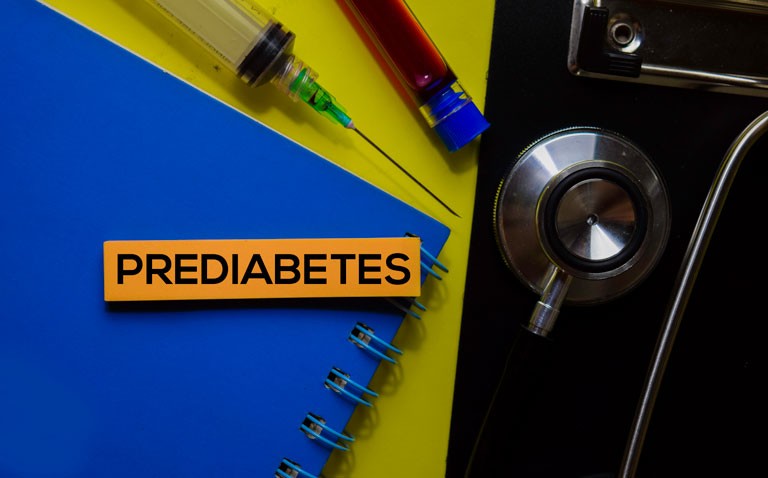The presence of prediabetes is perceived as an important risk factor for the development of type 2 diabetes in older adults but little is known about the natural history of the condition.
The prevalence of prediabetes is known to increase with age and often considered a precursor of type 2 diabetes. However, there is little data to support this premise and a better understanding the natural history of prediabetes has important implications for role of screening of those with the condition.
In an effort to more closely examine the prognostic value of prediabetes for the development of overt diabetes, a team from the Department of Epidemiology, John Hopkins Bloomberg School of Public Health, Baltimore, US, set out to prospectively analyse the incidence of diabetes which occurred among those with prediabetes.
The team used data from the ARIC study, which was a community-based cohort that began in 1987 and included people aged 45-64 years of age who made several clinic visits for assessment over the following years. For the present study, the researchers focused on visit 5, which took place in 2011-2013 as their baseline and compared outcomes with visit 6, which occurred in 2016-17 (five to six years later).
At visit 5, participants who did not currently have diabetes, were classified as prediabetic based on either HBA1C values of 5.7 to 6.4%, or impaired fasting glucose, IFG, levels of 100 to 125mg/dl, or both. The authors defined ensuing diabetes based on a self-reported physician diagnoses, use of glucose-lowering medication, HBA1C levels > 6.5%, IFG levels > 126mg/dl or data collected during visit 6.
Findings
A total of 3412 participants with a mean age of 75.6 years (60% female) were diabetes-free at visit 5. Prediabetes incidence varied depending on the diagnostic criteria used, with 15% meeting the HBA1C definition and 23% based on IFG levels.
By visit 6, there were 2497 participants from the original visit 5 cohort and over a median follow-up of 6.5 years, there were 156 incident cases of diabetes and 434 deaths. Among those with HBA1C defined prediabetes, 9% progressed to diabetes and 13% regressed to normoglycaemia.
For those with IFG defined prediabetes, a similar proportion (8%) progressed to diabetes whereas 44% reverted to normoglycaemia. Interestingly, 731 participants (71%) without prediabetes at baseline remained unchanged at the follow-up and only 8% progressed to prediabetes.
In discussing the results, the authors noted that while the construct of prediabetes serves to identify those at a high-risk developing diabetes in the future, this did not appear to be the case and it was more likely for participants to become normoglycaemic. They also suggested that their study highlighted the potential futility of diabetic screening in those with prediabetes.
Citation
Rooney MR et al. Risk of progression to diabetes among older adults with prediabetes. JAMA Intern Med 2021










